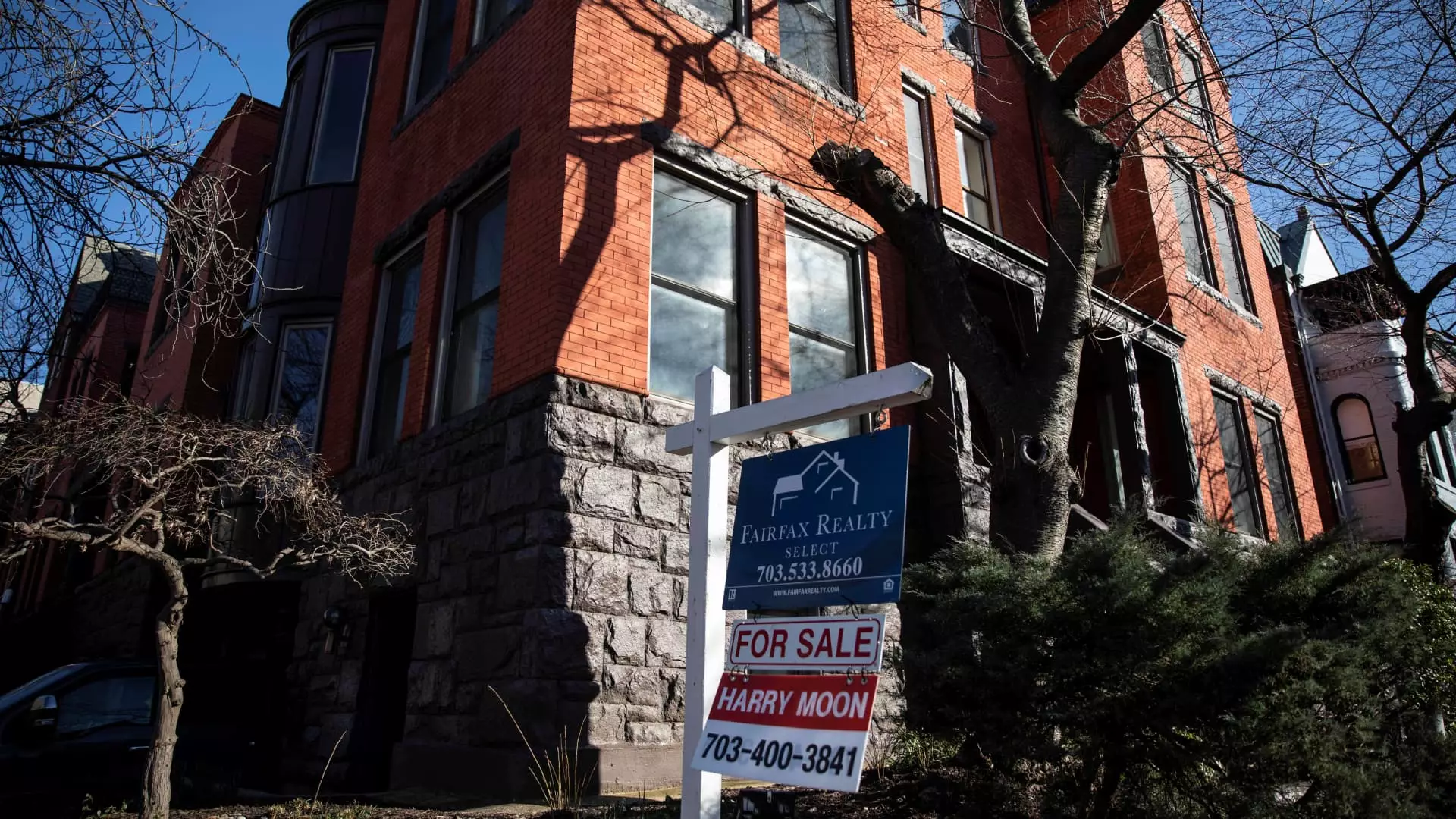As we step into the spring housing market, a notable surge in home inventory across the Washington, D.C., metropolitan area has caught my attention. According to recent findings from Realtor.com, the region is witnessing an astonishing 56% increase in active listings compared to the same week last year. This sharp rise is not merely a seasonal fluctuation; it’s a reflection of underlying market dynamics that signal potential troubles ahead for prospective buyers.
To put this into perspective, the D.C. area, encompassing not just the district but also its Maryland and Virginia suburbs, shows stark contrasts to national trends. While the U.S. as a whole has experienced a 28% increase, D.C. stands out with inventory growth of nearly double that figure. The question we should be asking ourselves is: why such a dramatic shift?
Federal Impact and Buyer Concerns
Some would argue that the labor market’s fluctuations due to federal layoffs and budget cutbacks have instilled caution among buyers. Those directly affected may hesitate to make significant financial commitments, but this wariness extends to potential buyers who might not yet feel the tremors of imminent job insecurity. Danielle Hale, the chief economist for Realtor.com, highlights this uncertainty, suggesting that a significant portion of home searches has stagnated, ostensibly due to concerns over job stability.
This hesitance is detrimental to the housing market. A rise in available listings coupled with stagnating demand could lead to a troubling imbalance, one that could suppress prices even further and disrupt the local economy. In a market defined by both opportunity and risk, such drastic changes warrant scrutiny.
The Role of New Listings and Construction Trends
Interestingly, the increase in available inventory is not solely attributed to new listings, which only rose by 24% year-over-year. Instead, it highlights broader trends in buyer activity, or more accurately, the lack thereof. While buyer engagement has dropped, the construction sector remains active, with new condominiums and townhomes entering the market. This influx of newly-built properties has altered the landscape, skewing the demographic of buyers toward those looking for affordable housing options, further complicating the situation.
Yet, let us not lose sight of the potential issues tied to too much new construction. Developers may chase quick profits rather than focusing on long-term community needs, flooding the market with properties that do not cater to the demands of every buyer. The construction boom reflects ambitions but may not translate into long-lasting economic growth; it might merely create a noise shield for a much deeper problem.
Price Trends and Market Implications
Now addressing the financial implications: while the median list price in the D.C. Metro has seen a slight dip of 1.6% year-over-year, the mechanics behind this change reveal worrying trends. The overall price adjustment has overshadowed a modest 1.2% increase in the median price per square foot, indicating that smaller or lower-end homes are flooding the market. If first-time buyers are forced into lower-quality housing options due to financial constraints, should we be worried about the health of the middle class in our cities?
This current climate poses significant questions regarding homeownership in the D.C. area. For a city home to a disproportionate share of federal workers, shifts in employment patterns have cascading effects on the housing market. As these patterns become ever more volatile, the anticipated revival of buyer confidence may be far from reality.
To compound the situation, those who find themselves targeting lower-end homes might be setting themselves up for difficulties, potentially leading to a cycle of unmet expectations. With the market grappling with an unprecedented amount of choices, buyers might face a paradox of decision-making, unable to commit for fear of further price declines.
As we continue to watch the real estate narrative unfold in this increasingly tumultuous and cautionary landscape, one thing becomes clear: the Washington, D.C. area is at a crossroads, balancing hope with apprehension. How this affects the lives of everyday Americans in the region remains to be seen, but the stakes couldn’t be higher.


Leave a Reply